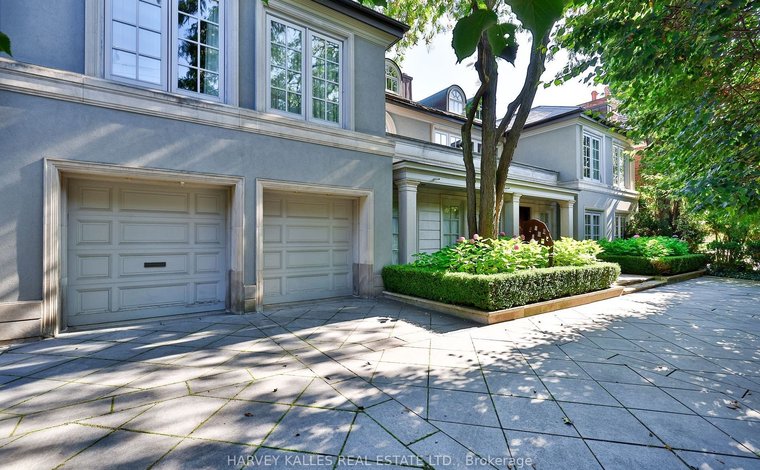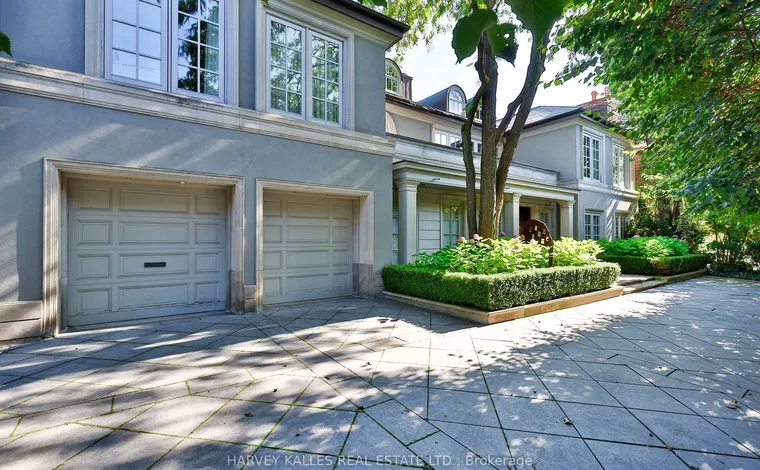Investing in a luxury home in Canada is an opportunity to enjoy a blend of natural beauty, urban sophistication, and high-quality living standards. From the bustling cityscapes of Toronto and Vancouver to the serene landscapes of the Rocky Mountains and coastal retreats of Nova Scotia, Canada offers diverse neighborhoods that cater to various lifestyles and preferences. This comprehensive guide will explore the key considerations when choosing the right neighborhood for your luxury home in Canada, providing insights into factors such as location, amenities, market trends, and community dynamics.

1. Define Your Lifestyle and Preferences
Before exploring specific neighborhoods, it’s essential to define your lifestyle preferences and priorities:
- Urban vs. Rural: Determine whether you prefer the vibrancy of city living or the tranquility of a rural setting.
- Proximity to Work and Schools: Consider your daily commute and access to reputable schools if you have children.
- Recreation and Leisure: Identify activities and amenities that are important to you, such as parks, golf courses, beaches, or cultural attractions.
- Community Atmosphere: Evaluate whether you prefer a close-knit community, a cosmopolitan environment, or a secluded retreat.
Understanding these preferences will help narrow down neighborhoods that align with your desired lifestyle and enhance your overall living experience.
2. Research Local Real Estate Market Trends
Stay informed about Canada’s real estate market trends to make a well-informed decision:
- Property Values: Research historical trends and current property values in potential neighborhoods.
- Market Demand: Understand the demand for luxury properties in different regions and how it may impact pricing.
- Future Development: Look into planned infrastructure projects or developments that could affect property values positively or negatively.
Consulting with local real estate agents and using online resources can provide valuable insights into market dynamics and assist in making informed decisions.
3. Location and Accessibility
Consider the location and accessibility of the neighborhood:
- Transport Links: Evaluate proximity to public transportation options such as buses, trains, and major highways.
- Airport Accessibility: If you travel frequently, consider how easily accessible airports are from the neighborhood.
- Local Amenities: Check the availability of essential amenities such as supermarkets, healthcare facilities, and shopping centers.
Choosing a well-connected neighborhood with convenient amenities enhances daily convenience and quality of life.
4. Schools and Education
For families with children, the quality of schools is a significant consideration:
- School Rankings: Research the reputation and performance of local schools, both public and private.
- Access to Higher Education: Consider proximity to universities and colleges if relevant.
Even if you don’t have school-age children, proximity to good schools can positively influence property values.
5. Amenities and Services
Evaluate the availability of amenities and services that complement your lifestyle:
- Shopping and Dining: Look for upscale shopping districts, gourmet restaurants, and trendy cafes.
- Cultural and Recreational Facilities: Consider proximity to museums, theaters, sports venues, and other recreational activities.
- Healthcare Facilities: Access to hospitals, medical clinics, and specialist healthcare services.
Having these amenities nearby enriches your living experience and adds convenience to your daily routine.
6. Neighborhood Character and Community
Get a feel for the neighborhood’s character and community dynamics:
- Demographics: Consider the demographic makeup of the area and whether it aligns with your preferences.
- Community Engagement: Look for active neighborhood associations, social events, and community initiatives.
- Safety and Security: Research crime rates and local safety measures.
Visiting the neighborhood at different times of the day and speaking with residents can provide insights into the community atmosphere and help you gauge if it’s a good fit for your lifestyle.
7. Environmental Factors
Consider environmental factors that impact your quality of life:
- Natural Surroundings: Assess views, proximity to parks, rivers, or green spaces.
- Climate: Understand local weather patterns, seasonal variations, and any environmental considerations.
Choosing a neighborhood with appealing natural surroundings and a favorable climate enhances your overall living experience.
8. Historical and Cultural Significance
Some neighborhoods in Canada boast rich historical and cultural significance:
- Heritage Properties: Consider neighborhoods with historic buildings, landmarks, or architectural charm.
- Cultural Attractions: Look for areas with museums, galleries, theaters, or other cultural institutions.
Living in a neighborhood with a rich cultural heritage can add a unique dimension to your luxury home experience.
9. Future Outlook and Long-Term Investment Potential
Assess the neighborhood’s long-term investment potential:
- Economic Stability: Evaluate the local economy, industry diversification, and employment opportunities.
- Property Development: Look for upcoming developments or regeneration projects that could impact property values.
- Resale Potential: Consider historical resale trends and future market forecasts for the area.
Choosing a neighborhood with strong growth prospects can ensure that your luxury home remains a valuable asset over time.
10. Consult with Real Estate Professionals
Finally, leverage the expertise of local real estate professionals:
- Real Estate Agents: Work with agents specializing in luxury properties who have in-depth knowledge of your target neighborhoods.
- Property Managers: Seek advice from property managers or consultants familiar with the local market dynamics.
Their insights and guidance can help you navigate the complexities of the Canadian real estate market and make a well-informed decision.
Conclusion
Choosing the right neighborhood for your luxury home in Canada requires careful consideration of various factors, including lifestyle preferences, market trends, amenities, community dynamics, and long-term investment potential. By conducting thorough research, defining your priorities, and consulting with local experts, you can find a neighborhood that not only meets but exceeds your expectations for luxury living. Whether you prioritize urban sophistication, rural tranquility, or coastal charm, the right neighborhood will enhance your quality of life and ensure that your luxury home is a source of pride and enjoyment for years to come. Investing time and effort in selecting the perfect neighborhood will ensure that your luxury home in Canada not only meets but exceeds your expectations for luxury living
